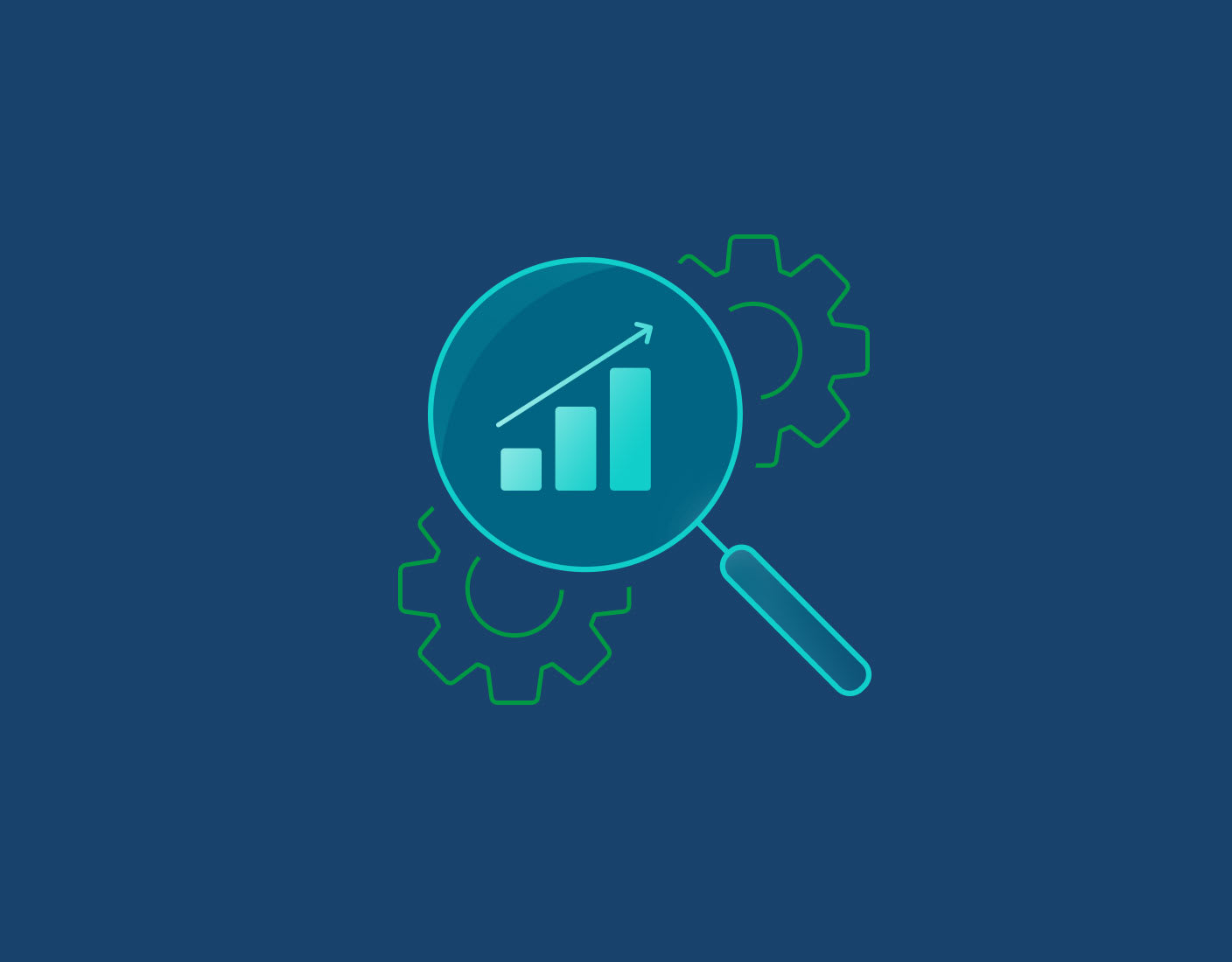Use Cases for DB2 SQL Replication
Firms can use DB2 SQL replication to replicate changed data from an operational system to a server used for reporting and analytics, update a remote backup system for disaster recovery purposes, or distribute changed data among multiple databases to support data localization and load balancing. DB2 SQL replication may also be employed to consolidate and load data changes from multiple DB2 databases or DB2 mainframe systems into a data warehouse, or to track changes made to a DB2 database for auditing purposes.















































